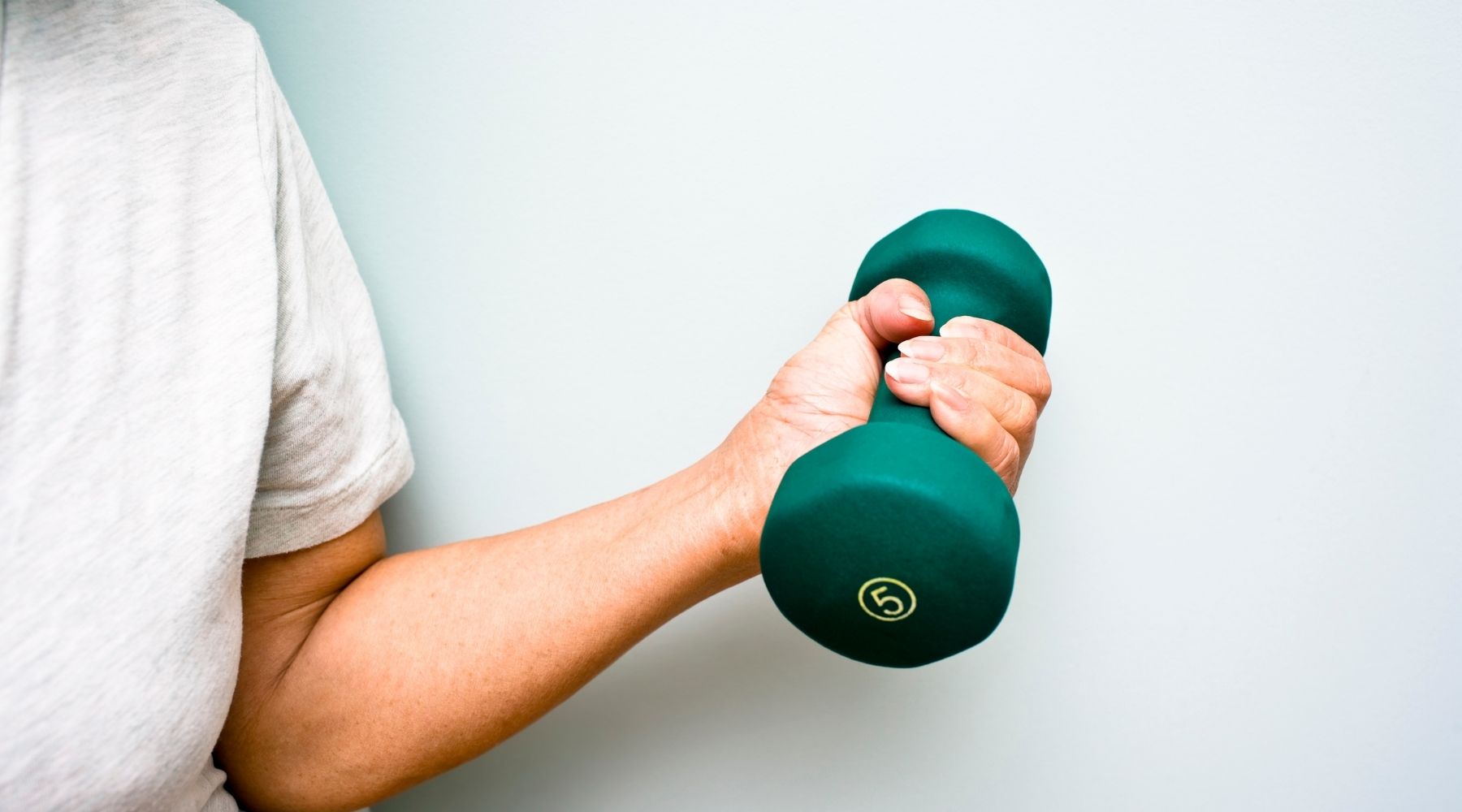Each week, OMRF Vice President of Research Dr. Rod McEver opens “Adam’s Journal” to answer a medical question from Adam Cohen, OMRF’s senior vice president & general counsel.
Adam’s Journal
Dear Dr. McEver,
The New Year brings resolutions for better health. What did medical research tell us about exercise in 2021?
Dr. McEver Prescribes
With every trip around the sun, science tells us more about the importance of being active. Here are some highlights from the last twelve months:
- It’s good for the aging brain: We know exercise is critical for brain health. A study published in the Journal of Neuroscience brought us closer to understanding why. Researchers found that immune cells that may help keep memory sharp remain healthy in the brains of older adults who maintained simple activities like walking.
- It can save money: A Centers for Disease Control and Prevention analysis found people who start to exercise before or during middle age save as much as $1,800 annually on health care costs after retirement. The earlier in life exercise started, the greater the savings.
- One size does not fit all: Some people respond to certain exercises better than others. A study published in Nature Metabolism found that proteins in the blood may predict how well a person will respond to exercise routines. It could lead to a blood test that would indicate whether, for example, cycling or resistance training is best for you.
- It helps defend against cancer: An American Cancer Society study found about 3% of common cancers in the U.S. are connected to inactivity. The researchers estimated that if Americans exercised the recommended five hours per week, we might avoid more than 45,000 cancer cases annually.
- Shedding pounds not required: At the Oklahoma Medical Research Foundation, scientist Tim Griffin, Ph.D., found evidence that exercise could ward off osteoarthritis even without weight loss. Once thought to be a disease of wear and tear, we now know biological factors lead to OA. Griffin’s team studied synovial fluid, which cushions the ends of bones. In obese, sedentary mice, the fluid had characteristics linked to diabetes and inflammation. But in obese mice that exercised, the fluid shared characteristics with that of leaner mice, even in the absence of weight loss.
–
Do you have a health query for Dr. McEver? Email contact@omrf.org and your question may be answered in a future column!



